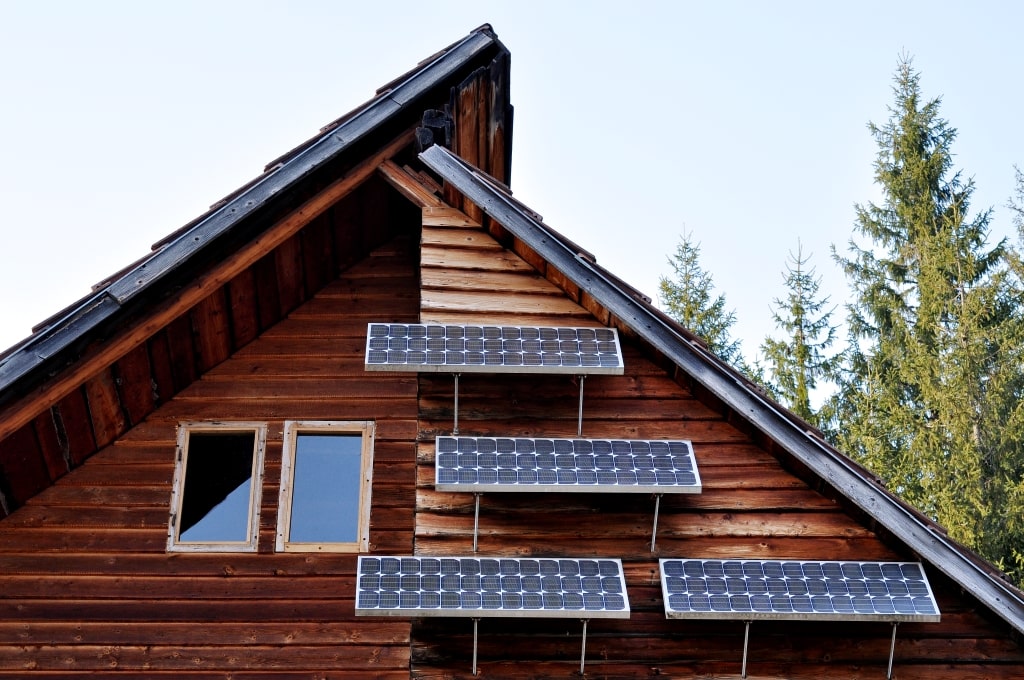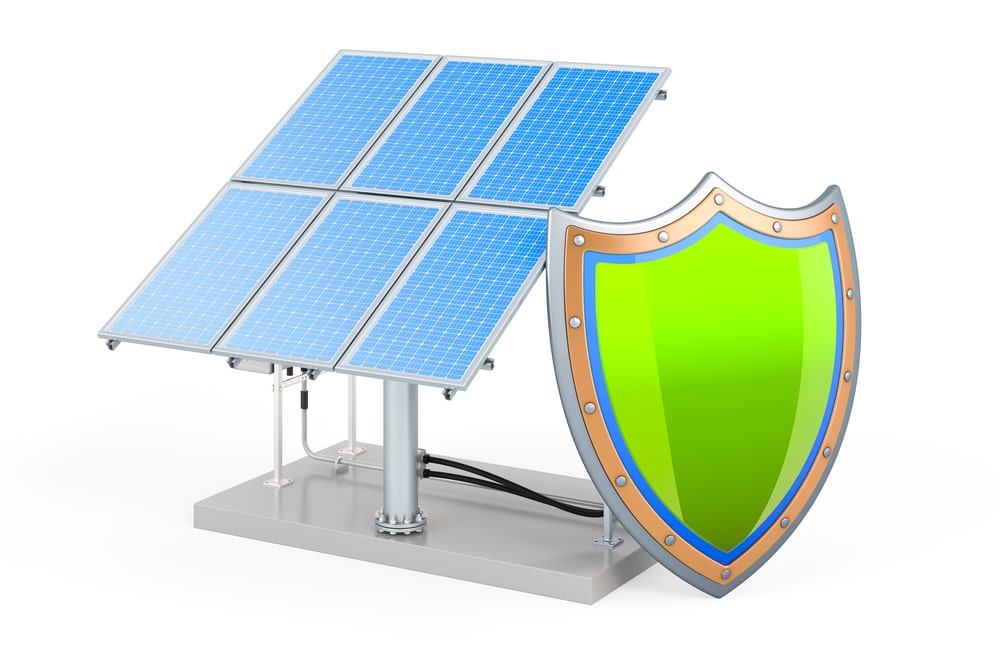
There comes a point when you size your solar panel and stumble on this question. If you require a 3kW solar panel array, should get more low watt or fewer high watt panels? All panel manufacturers build the panel’s wattage, efficiency, size, cost, and cells differently. Comparing them to get the most from your investment can be a tough process. You may have already seen a couple of different views and opinion pieces, but still have no idea what the real answer is?
The best answer is the reliability, durability, quality, and warranty conditions of the panel. Besides these immeasurable factors, the price per watt is the next best thing to get the most out of your investment. That said, you should buy a panel that will get you the best price for every watt generated and not necessarily the large panels with high efficiency. Unless the space constraint is your main concern and you need to fit all of your panels in a small area, the best cost per watt is the best buy.
Time for a test to help me prove my point.
Table of Contents
Solar Panel Conversion Efficiency VS Cost Efficiency
First, let’s take a look at how the conversion efficiency of a panel is measured. Under the standard test conditions (STC), the peak power output of the panel that is able to convert into electricity over the 1000 watts of solar shine on the panel is the conversion efficiency. In simpler terms, the number of watts it can generate from 1000 watts from the sun.
For example, panels A with 16% efficiency and B with 19% efficiency are both rated for 300 watts. They are expected to produce the same output wattage if they are placed under the same geographical location with the same amount of sunlight received.
So what is the difference between these 2 panels? Panel B might have a smaller footprint and better cell technology to be able to convert solar energy to electricity. The other thing to note is, more efficient solar panels might not justify that the panel quality is better.
Let’s consider another example, a small cabin that requires a 3kW of solar array system can be achieved with:
| Number & Wattage of Panel | Total Output Wattage | Panel Efficiency | Cost per panel | Price per watt | Floor area(sq. in.) |
| 10 300 watts panels | 3000 watts | 17% | $210 | $0.70 | 26000 |
| 8 375 watts panels | 3000 watts | 20% | $450 | $1.20 | 21700 |
The main thing you want to be looking at should be the price per watt (cost efficiency) and for both options, you will get the same output power. The panel efficiency simply means how much energy it is able to generate given the same overall area. As such it should not be an important factor to consider unless you need the extra space for something else. So, you should go for the 10 300 watts set if you want to break even at an earlier date.
What to Look Out For When Buying Solar Panels?
Although floor area, cost, and conversion efficiency should be the metrics to look out for, there are other factors that you need to consider when buying solar panels. The next important thing is:
Warranty Coverage and Conditions
The thing is, you can’t just look at the panel or read through some online reviews and tell how superior the panel is right? So the best thing to do is to safeguard your investment with good warranty coverage.
The warranty mainly covers equipment and performance. With an equipment warranty, you are covered for engineering and manufacturing defects that might occur throughout its lifespan. Manufacturers may offer a stunning 10-25 years duration. On the other hand, the performance warranty covers the panel’s output power and efficiency for a given amount of time. So, if your panel’s efficiency falls below 80-90% before the stipulated period, the manufacturer will replace the panel for you. Similarly, all manufacturers’ warranty periods are not the same. So remember to check them out and read through the warranty statements and make sure that you understand the conditions and terms of the warranty.

Durability
Solar panels are a major investment. Hence, you must be very careful while choosing the best one for your home. Even with the best warranty coverage, it is a hassle to experience breakdown every other year and end up paying more for other energy sources to supplement your power loss.
You can start by checking the snow loads and wind loads applicable to your location. These 2 parameters tell you how much pressure can be applied to the panels within the safe range. It might not necessarily damage it but in case it is damaged panel by weather elements might render the warranty void.
You can find both load capacities on the manufacturer’s spec sheet, for example: 5400 PA Snow Load / 210mph Wind Rating.
Temperature
Solar panels are sensitive to temperature and their conversion efficiency is tested at 25°C. This means that the efficiency of a panel drops significantly as the temperature increases. If a panel has a -0.36% temperature coefficient, for every 1°C increment, the efficiency reduces by 0.36% per °C.
When you have a huge array of panels and your temperature doubles, you will start to see a significant drop in energy production. Otherwise, places with mild climates need not worry too much about this.
Aesthetics
Solar panel aesthetics might be the least important thing to consider and some might not even be too concerned about it. But, if you are a person who wants to have a beautiful view from your roof, then you might want to opt for the more aesthetically pleasing panels.
However, if you are hard up for its curb appeal. SolarSkin has the technology to match the color, style, and pattern of your solar panels with your roof. If you are worried, it might sacrifice efficiency for aesthetics. You are partially right, as it does prevent a small amount of UV light from going through the thin film but it can achieve up to 99% of the array’s efficiency. So what’s the good about it? The durable film can increase the lifespan of your panels as it is subjected to several testing that can withstand cracks, blisters and yellowing.
Final Note:
Before you make a hasty purchase, you need to have a clear and basic understanding of the few parameters in the spec sheet. Power output, panel efficiency, warranty, and other factors discussed in this article are the important variables to look at.
As you go through the options, you will be able to narrow down the options and come up with the perfect one for you. If you have not calculated your home energy usage or decided on the array of panels needed, you may find it helpful to read this article on: How Many Solar Panels Do I Need to Go Off the Grid?
If you have any questions or queries, do not hesitate to contact us. We will be happy to help you out!
More Helpful Solar Energy Information
- On Grid Vs Off-Grid Solar System – What’s the difference and which system is better for you? In any case, you need to understand the difference before you stay on the grid or off the grid. This post explains it for you.
- How Do I Power My House Off The Grid? – If you are looking for various options to power your off-grid home and don’t know where to look, check out these 5 options in this article and decide for yourself.
- More Lower Or Less Higher Wattage Solar Panels? – Are you confused about choosing the right panel wattage and size? This post compares the cost, efficiency and panels footprint so that you can get the best out of your solar array!
- How To Choose A Solar Charge Controller? – It might be tough to understand if you don’t know how to choose a charge controller, but this post will help you get a clear idea of what to look for and how to choose a charge controller.
- How Many Batteries Do I Need To Go Off-Grid? – Batteries are very expensive and oversizing is not a smart move! This post will break down the itsy-bitsy details and will help you understand how to calculate the required number of batteries for your off-grid home.

